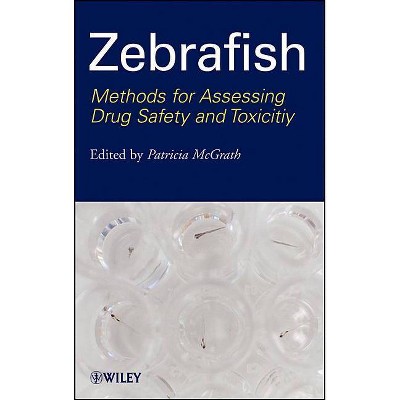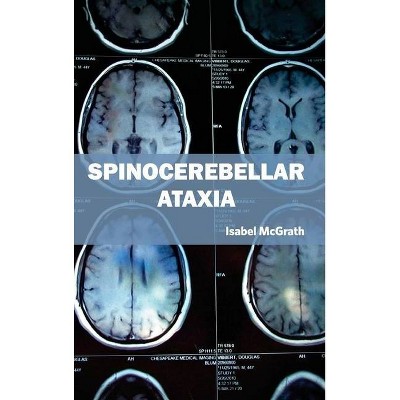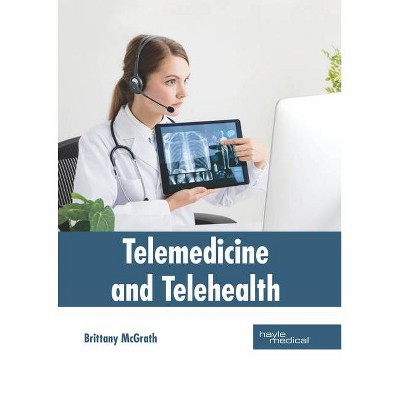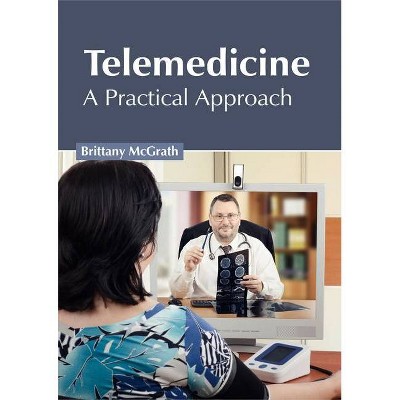Zebrafish - by Patricia McGrath (Hardcover)

Similar Products
Products of same category from the store
AllProduct info
<p/><br></br><p><b> Book Synopsis </b></p></br></br><i>Zebrafish: Methods for Assessing Drug Safety and Toxicity</i> offers a practical guide for using zebrafish as a tool for toxicology studies. <p>Consolidating key protocols and approaches to help researchers navigate the important and evolving field of zebrafish models for toxicity screening, this new title describes the methods for using the zebrafish as a model organism to assess compound-induced toxicity on all major organs. Individual chapters that concentrate on assays for each organ system are included and various analytical tools including microscopy, microplate readers, high content imaging systems, ECG, blood pressure monitors, high speed video and motion detectors are described.</p><p/><br></br><p><b> From the Back Cover </b></p></br></br><b>Discover the benefits of using zebrafish as a model organism to assess compound-induced toxicity</b> <p>Offering a broad range of methods, Zebrafish explains how to assess compound-induced toxicity in all major organs using the zebrafish as a model organism. The authors effectively demonstrate why this vertebrate model offers compelling experimental advantages, including drug delivery directly in the fish water, small quantity of drug required per experiment, statistically significant number of animals per test, and low cost. Moreover, the authors describe how drug assessment can be performed using wild-type, mutant, transgenic, and knock-down zebrafish models.</p> <p>As a practical guide, this text brings together key findings, protocols, and approaches to support an important, rapidly emerging tool in toxicology research, including: </p> <ul> <li> <p>Methods to assess compound-induced toxicity in the heart, liver, kidney, central nervous system, eye, ear, hematopoietic system, as well as on overall development</p> </li> <li> <p>Chemical-induced disease models and phenocopies designed to identify potential drug candidates</p> </li> <li> <p>Additional analytical tools adapted for use with zebrafish, including ECG and motion detectors</p> </li> <li> <p>Improvements in breeding and spawning that facilitate industrial-scale screening</p> </li> </ul> <p>Zebrafish also examines such recent developments as the use of zebrafish to assess the safety of nanoparticles. In addition, a chapter is dedicated to compound screening for emerging cell-based therapies due to the zebrafish's unusual ability to regenerate tissue and organs.</p> <p>The zebrafish model organism is increasingly used to assess compound toxicity, safety, and efficacy, with numerous studies confirming that mammalian and zebrafish toxicity profiles are strikingly similar. As the first single reference to comprehensively review toxicity testing using zebrafish, the text is indispensable for anyone interested in taking full advantage of this highly effective and promising model organism.</p><p/><br></br><p><b> Review Quotes </b></p></br></br><br><p>"This book should prove a useful reference for students, researchers and biomedical science professionals working with this species as an evolving model for toxicity assessment." (<i>British Toxicology Society New</i>, 1 November 2012)</p><br><p/><br></br><p><b> About the Author </b></p></br></br><b>Patricia McGrath</b>, MBA, is President and CEO of Phylonix Pharmaceuticals, Inc. She has some twenty-five years of experience in high-tech and biotechnology management. Phylonix Pharmaceuticals develops and markets novel in vivo zebrafish-based assays for therapeutic and industrial screening for cancers, central nervous system and cardiovascular diseases, apoptosis, and toxicity.
Price History
Price Archive shows prices from various stores, lets you see history and find the cheapest. There is no actual sale on the website. For all support, inquiry and suggestion messages communication@pricearchive.us




















